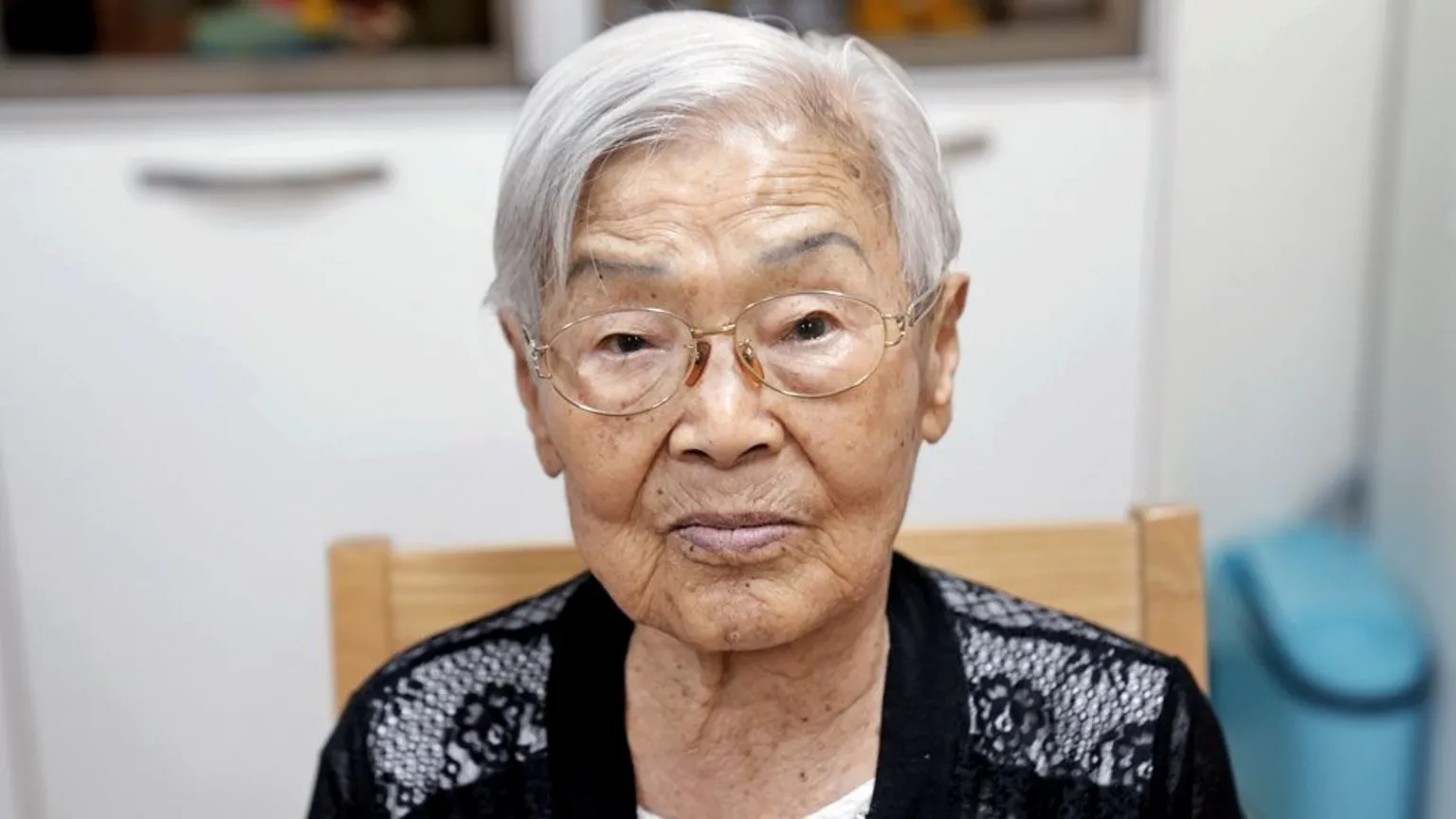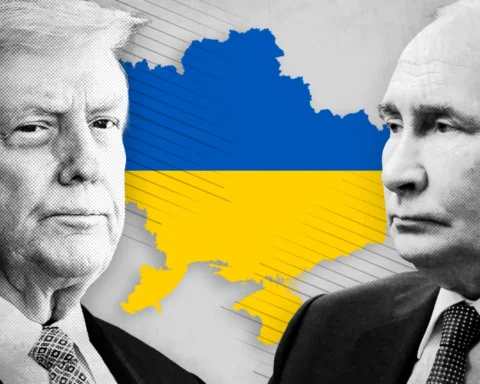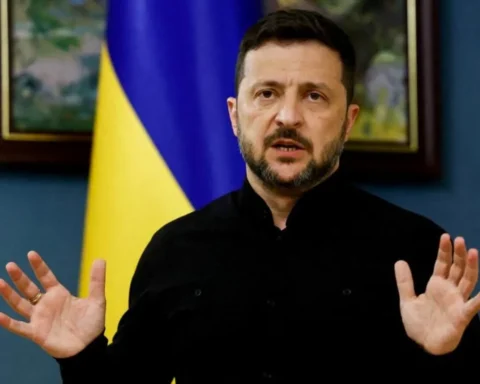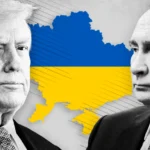Eighty years ago, on August 6, 1945, Lee Jung-soon was a young girl walking to elementary school in Hiroshima when the sky lit up with fire. Now 88, she sits quietly in her home in Hapcheon, South Korea—her white hair and delicate glasses framing a face etched with memories too painful to forget.
“My father was about to leave for work, but he ran back and told us to evacuate,” she recalls, waving her hands as if to push away the memory. “The streets were full of the dead. I just cried and cried.”
The atomic bomb that flattened Hiroshima with the force of 15,000 tons of TNT left behind a haunting landscape of melted flesh, ruined lives, and unanswered questions. Tens of thousands perished instantly. More died in the weeks and months that followed—from radiation, burns, and illness.
Yet among the estimated 140,000 Koreans living in Hiroshima at the time, many of whom had been forcibly relocated by Japan’s colonial regime, their suffering has long remained in the shadows.
Roughly 20% of the immediate victims were Korean—many brought to Japan as laborers under colonial rule, others seeking survival in an empire that treated them as second-class. In the post-war years, their stories were often silenced or ignored—by Japan, by the world, and even by their homeland.
Today, in towns like Hapcheon—often called the “Korean Hiroshima”—survivors like Lee live with the scars of that day: disfigurement, trauma, and a lingering sense of abandonment. Their decades-long struggle for recognition, compensation, and dignity continues.
“The atomic bomb… it’s such a terrifying weapon,” says Lee, her voice trembling. “But being forgotten—maybe that’s even worse.”







